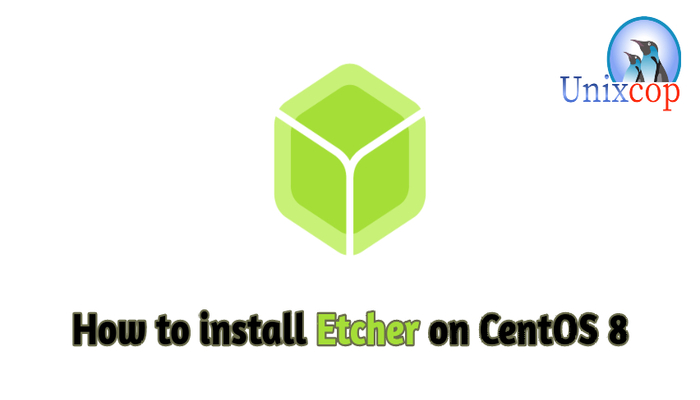Introduction
balenaEtcher (commonly referred to and formerly known as Etcher) is a free and open-source utility used for writing image files such as .iso and .img files, as well as zipped folders onto storage media to create live SD cards and USB flash drives.
Etcher is primarily used through a graphical user interface. Additionally, there is a command line interface available which is under active development.
Etcher is a good choice even for those who are not particularly tech-savvy.
In this tutorial, you will learn how to install Etcher on CentOS 8
Installation
Just follow the steps below.
- Update your system
dnf update -y- Add the Etcher Repo ( Adding Etcher Rpm Repository )
dnf install curl
curl -1sLf 'https://dl.cloudsmith.io/public/balena/etcher/setup.rpm.sh' | sudo -E bash
- Then Install Etcher on CentOS 8
dnf install -y balena-etcher-electron- Finally, Launch Balena Etcher From Terminal with command
balena-etcher-electron- Also you can launch it from your Apps by searching on as shown below

- You will see the interface of Etcher as shown

Now you can write image files to create live SD cards or USB flash drives. by selecting one of its three options:
flash from file : selecting an iso or img files from your local computer.
flash from URL: copy the url of your image file to create live flash driver with.
clone drive: copy an existed live flash drive.
So enjoy with Etcher.
Conclusion
That’s it ..
In this installation guide, we illustrated how to install and get start with Etcher the open-source used to create live USB flash drivers.



